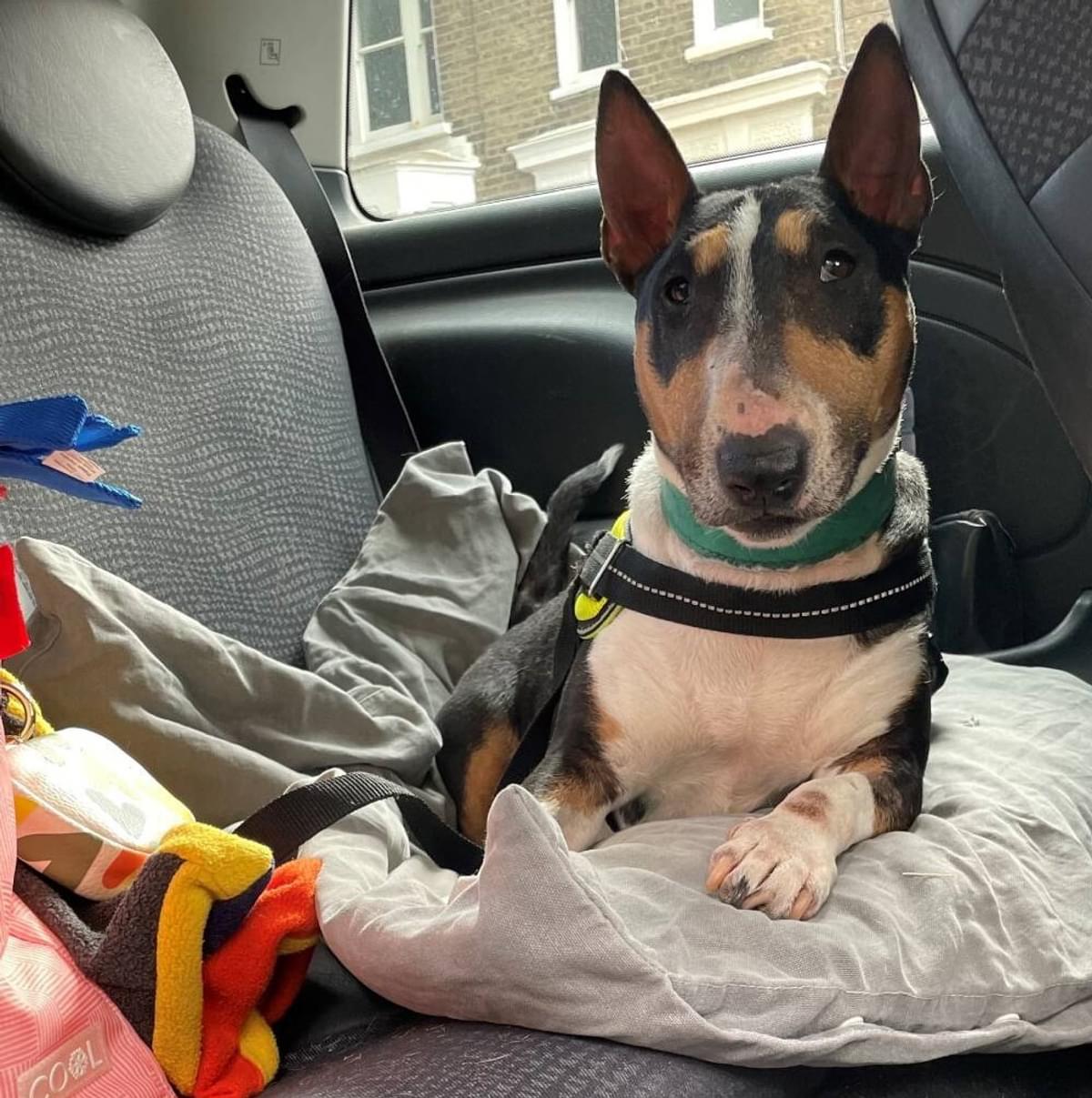Staycationing is at its highest since 2019, with 65% of Britons’ opting to take their pooch on holiday this year.
With over four million dogs acquired in the past three years, it’s no surprise that ‘dog friendly” is responsible for over 7,000 searches a month for holiday cottages and Airbnb’s.
Apart from cost saving on dog sitters, or boarding kennels, holidaying with your dog is about building memories and maximising the time you spend together.
Successful ‘holidays’ is about preparation, planning, desensitisation and training. Not least appreciating how your dog could react to new experiences in hot temperatures, and why stress can exacerbate heatstroke.
Many dogs three years old or younger haven’t benefitted from enough early and proactive socialisation due to pandemic restrictions, so it’s important to prepare your pooch for staycationing to minimise stress both ways.
Feeling stressed in the car, out on a walk, or in a new environment will heighten your dog’s risk of over-heating as raised cortisol levels increases a dogs’ body temperature and their thirst.
Oftentimes when dogs are getting too hot, they will refuse to drink. This is their instinct kicking in as they associate drinking with peeing, which means they would lose body fluids.
I recommend packing some pre-packaged Paleo Ridge Bone Broth into your cooler bag. Like an isotonic drink, broth is packed with electrolytes and minerals, along with a meaty flavour, which will get your dog drinking and hydrate him more quickly than water alone.
Plan all your travel and excursions around the heat of the day. So early morning or later in the day is ideal. Factor in plenty of comfort breaks and choose services with grassy areas, rather than concrete or tarmac which can burn dogs’ paw pads.







